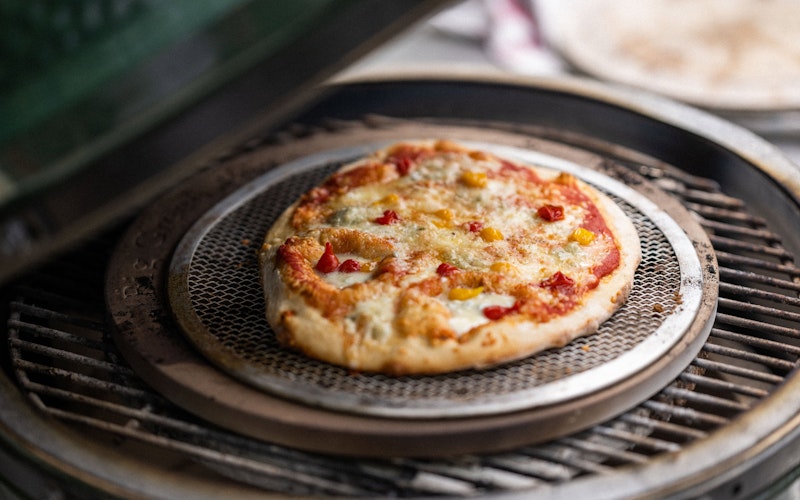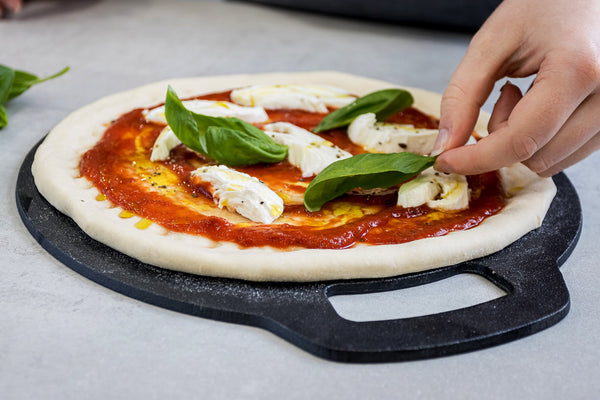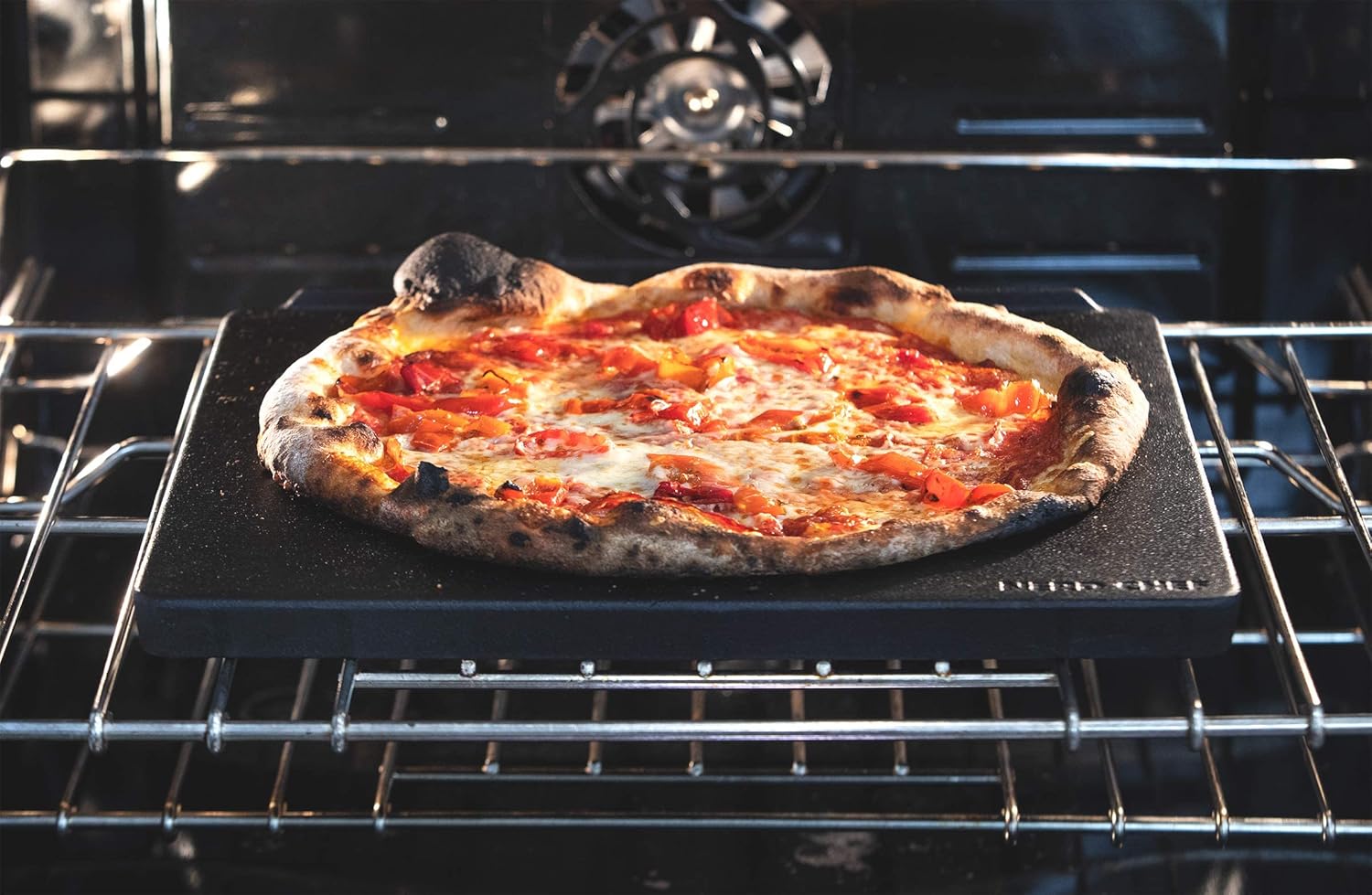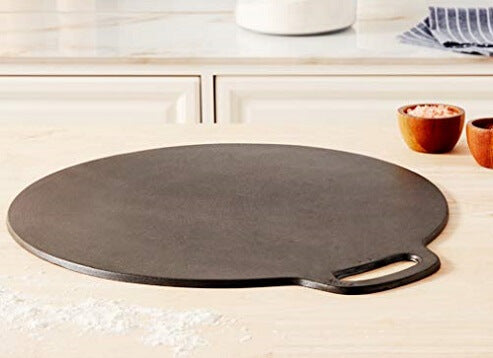For kitchen professionals who constantly seek effective techniques to elevate their culinary creations, the baking stone for reheating leftovers stands as an indispensable tool. Not only does it offer precision in achieving perfectly reheated dishes, but it also preserves the integrity and taste of previously cooked meals.
At the heart of its usefulness, a baking stone mimics the effect of a traditional brick oven, delivering consistent heat distribution that transforms leftover meals. Whether it's last night's pizza, roasted vegetables, or baked goods from yesterday's dessert menu, the baking stone helps in achieving the desired texture and flavor.

Why Use a Baking Stone for Reheating?
Traditional reheating methods often lead to unevenly heated or soggy food. The baking stone acts as a thermal conduit, providing an even temperature that revitalizes your dishes. Unlike microwave ovens that can cause meals to dry out, the stone ensures that moisture is retained, resulting in thoroughly heated, palatable dishes. You can learn more about the benefits of using a baking stone here.
Choosing the Right Baking Stone
When deciding on a baking stone, consider factors such as material, thickness, and shape. Cordierite and ceramic stones are among the most popular, known for their durability and ability to withstand high heat. Check out our comparison between baking stones and sheets here for a deeper understanding.
How to Properly Use Your Baking Stone
Proper usage is crucial in maximizing the lifespan and effectiveness of your baking stone. Ensure it is preheated for at least 30 minutes to achieve that optimal heat level, essential for the best reheating results. Detailed preheating tips are available here.
Enhance Your Leftover Experience
The baking stone doesnt just stop at reheating but also excels in baking a variety of goods. Take advantage of its versatility by using it to bake fresh loaves of bread, crisp pastries, or even reheating frozen foods to perfection. Discover how to use it effectively with frozen foods here.
Integrating Baking Stones into Professional Kitchens
Incorporating a baking stone into a commercial kitchen setup not only enhances the quality of reheated leftovers but also optimizes the efficiency of food service operations. For professionals aiming for consistency and quality in every dish, the baking stone proves to be a valuable addition.
For more guidance on using your baking stone optimally, explore expert insights here.

FAQs
Do baking stones improve the reheating process?
Yes, they enhance the heating process by providing even heat distribution, preserving moisture, and maintaining food texture.
What materials are best for a baking stone?
Popular materials include cordierite and ceramic due to their ability to withstand and evenly distribute high temperatures.
Can I use a baking stone for other cooking methods?
Absolutely! Apart from reheating, baking stones are excellent for baking breads, desserts, and even grilling.
This article contains affiliate links. We may earn a commission at no extra cost to you.






Leave a comment
This site is protected by hCaptcha and the hCaptcha Privacy Policy and Terms of Service apply.